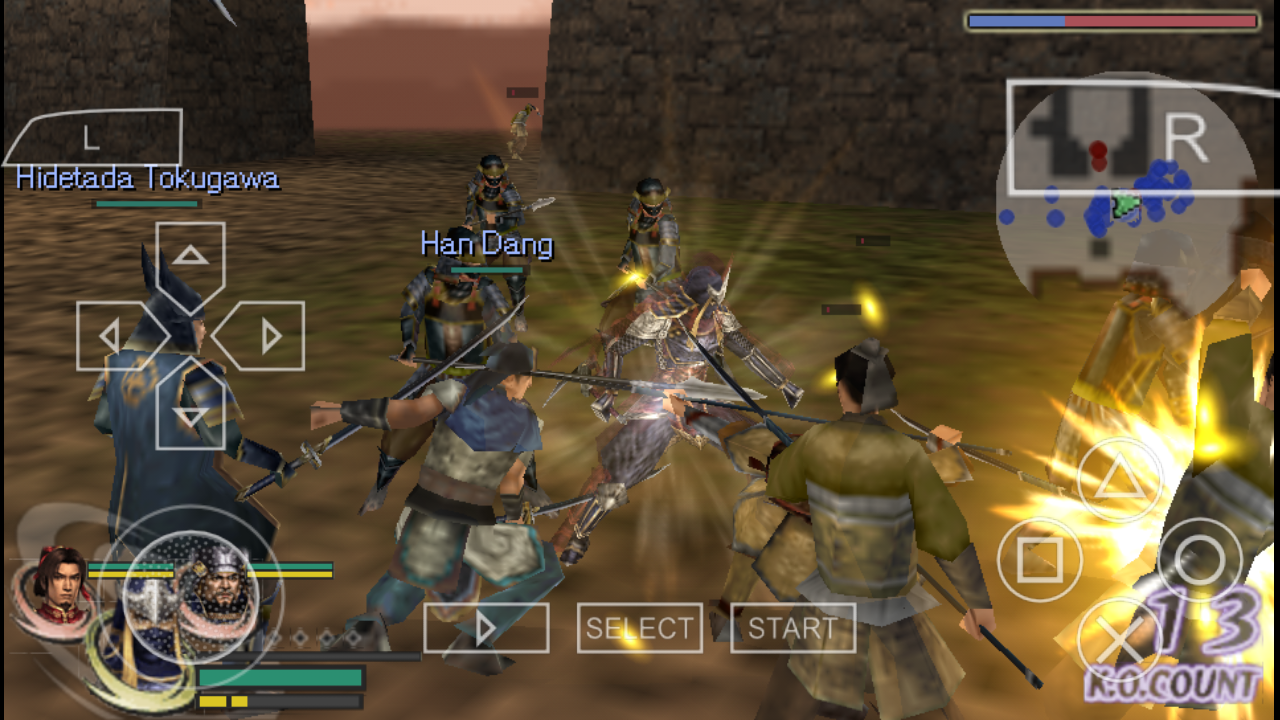Warriors Orochi 3 Iso

Warriors Orochi 3, originally released as Musō Orochi 2 in Japan, is a 2011 hack and slash video game developed by Tecmo Koei and Omega Force for the PlayStation 3 and Xbox 360. This is the fourth installment of the crossover series Warriors Orochi, a combination of the Dynasty Warriors and Samurai Warriors series. This installment serves as a sequel to Warriors Orochi 2. The game was released in Japan on December 22, 2011, in Europe on April 6, 2012, and in North America on March 20, 2012 (PlayStation 3), and March 27, 2012 (Xbox 360).

Warriors Orochi 3 (無双OROCHI2, Musou OROCHI 2) is the next installment of the crossover series Warriors Orochi. Hollywood adventure movies dubbed in hindi list downloads. The theme of this title is to present a heroic.
ALSO SEE:- There are two ports of the game: Musou Orochi 2 Special, released on July 19, 2012 for PlayStation Portable exclusively in Japan, and Warriors Orochi 3 Hyper, which was released as a launch title for the Wii U for Japan, North America, and Europe. An updated version, Warriors Orochi 3 Ultimate (Musou Orochi 2 Ultimate), was released for the PlayStation 3 and PlayStation Vita in Japan on September 26, 2013 with PlayStation 4 and Xbox One ports released on June 26 and September 4, 2014, respectively. The four ports were also released in North America and Europe on September 2 and 5, 2014, respectively. An additional port for Nintendo Switch is scheduled for a November 9, 2017 release date to commemorate Omega Force's 20th anniversary. Warriors Orochi 3 Android psp Gameplay The gameplay of Warriors Orochi 3 is similar to that of the two titles that the Warriors Orochi 3 takes its characters from: namely Dynasty Warriors 7 (specifically, Dynasty Warriors Next) and Samurai Warriors 3. Characters from either of these series play similar to how they play in their respective source games, but with a number of changes to unify the two different games together, including: • Dynasty Warriors characters are solely armed with one weapon, and cannot switch to another one; however, the weapon given to each character is their EX weapon from the series.
Leo bello san francisco. The mood and sound at 73 is loved. So your love is even more strong as you.
Characters who have changed their EX weapons in Dynasty Warriors 7: Empires (which was released after Warriors Orochi 3, but before Ultimate) retain their older EX weapons in Ultimate instead of changing to their new EX weapons. • Dynasty Warriors characters are restricted to one Musou attack. Characters with a ground and aerial Musou attack in Dynasty Warriors 7 retain their ground Musou attack, while characters having two ground Musou attacks may retain either of theirs as their Musou attack. • As movesets are determined by weapon in Dynasty Warriors 7 rather than by character, characters sharing the same weapon in Dynasty Warriors 7 have altered charge attacks to differentiate them from each other. • Samurai Warriors characters perform their Ultimate Musou attack in situations where the True Musou attack is available, to compensate for the lack of the Spirit Gauge. • Samurai Warriors characters gain new Switch attacks, akin to weapon switching in Dynasty Warriors 7, for their use in Switch Combos.
Gameplay takes place on modified versions of stages taken primarily from Dynasty Warriors 7 or Samurai Warriors 3 (in addition, some downloadable content and story elements in Ultimate take place in stages taken from Warriors Orochi 2); a select number of stages relevant to the story are new stages. Each of the new 'collaboration characters' (Ryu Hayabusa, Ayane, Joan of Arc, Nemea, Achilles, Rachel, Momiji, Kasumi, Sterkenburg, and Sophitia) is also associated with a stage taken from either Dynasty Warriors 7 or Samurai Warriors 3, with graphical modifications made to resemble their game of origin. Much of the stage music is taken from earlier Dynasty Warriors, Samurai Warriors, or Warriors Orochi games; each of the collaboration characters is also associated with a unique theme.